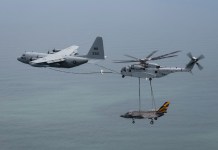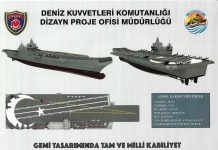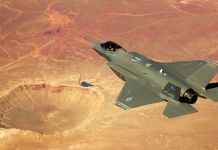Poland’s sale of its 155 mm Krab Self Propelled Howitzer (SPH) to Ukraine to make up for what has emerged as Kiev’s weakness, and the Russian strength in artillery systems, has bared the weapon’s centrality to the Russian military doctrine.
With the Krab SPH, Ukraine can use five different 155 mm artillery howitzers.
These include the US-made M-777 lightweight howitzer, Estonian FH70, French Caesar SPH, and Norwegian M109A3 SPH. Ukrainian personnel is also training on the German PzH-2000.
This is not to mention the M-142 High Mobility Artillery Rocket System (HIMARS) that the US has offered Ukraine.
Something that might save harrowed Ukrainian soldiers who are dying by the “100s” each day, as per President Volodymyr Zelensky, will, however, be without a 300-kilometer range Army Tactical Missile System (ATACMS).
US President Joe Biden doesn’t want to arm the Ukrainians with weapons that can hit deep inside Russia and might indirectly escalate the war and draw the US.
But if it is artillery for the Ukrainians to turn around the war we are talking about, we should also talk about the artillery used by the Russians that has inflicted a sorry state of battlefield affairs in the first place.
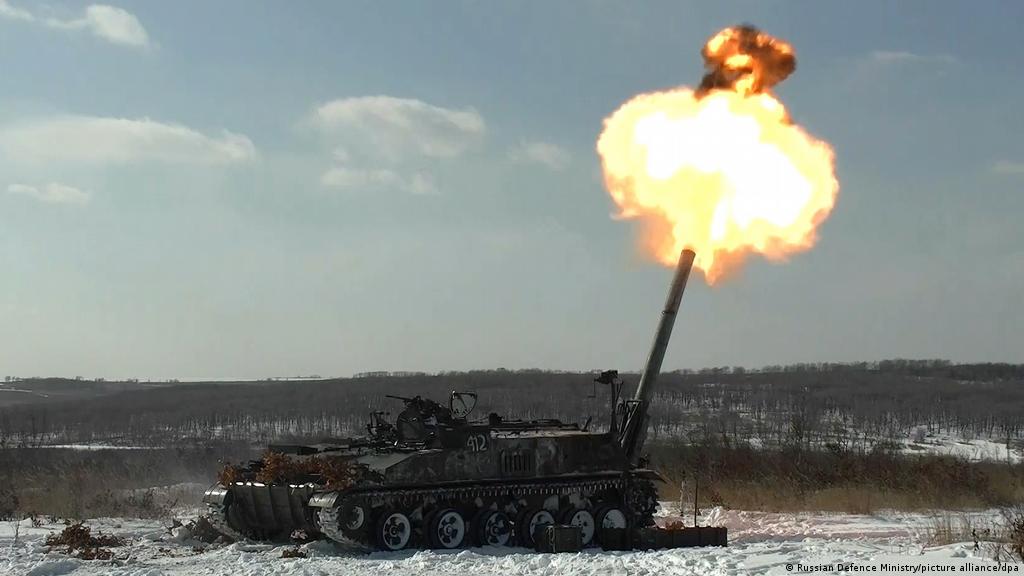
While Ukrainians have lost their Soviet-era howitzers and have nearly run out of ammunition, Russia’s penchant for heavy artillery has restored its position as the ‘God of the Battlefield,’ with brute and devastating mass fires and precise strikes as a leading weapon. If the Katyusha rockets in World War 2 were called ‘Stalin’s Organs,’ Russian howitzers now are ‘Putin’s hammer.’
Russians use artillery (howitzer, tube rockets, tactical battlefield, and cruise missile) as a combat and not a combat support arm, with other arms working to support its artillery and not the other way around.
It is their fashion of basing their ground forces doctrine around guns and rocket systems, where maneuvering Battle Tactical Groups (BTG) ‘fix’ the enemy into the kill zone before calling in artillery strikes to mop up what’s left.
It flies in the face of the Western and US approach where artillery and long-range fires ‘soften’ targets for infantry, armored, mechanized and Special Operations formations.
It also explains why Raketnyye Voyskai Artilleriya (Missile and Artillery Troops) of the Russian ground forces had been the prime beneficiaries of Russia’s massive military modernization.
Part of the reason could be that Russia did not fight vastly inferior non-state actors for a prolonged time, unlike the US military, who rained murderous overkill from the air.
Consequently, the US military lagged in the quality of its artillery. The M-109A6 ‘Paladin’ can fire only as far as 22 km at one round per minute, with no ability to conduct multiple round simultaneous impact fires.
The Russian 2S35 Koalitsiya-SV, on the other hand, can fire at 40 kilometers (unassisted) at a rate of 9 to 16 rounds per minute. The range not only keeps you safe and away from enemy fire but also threatens the enemy with ‘counter-battery fire.’
Shelling on troops can tip off gunners behind them, who use forwarding observation spotters, UAVs, Gun Locating Radars, and other Electronic Intelligence (ELINT) to locate and take out enemy artillery.
Russia has other highly effective gun and rocket artillery systems too. These include the 9A52-4 ‘Tornado’ Multiple Launch Rocket Systems (MLRS) (range 90 km); BM-30 ‘Smerch’ MLRS (70 to 90 km); TOS-1 220 mm thermobaric system (0.5 to 6 km), and the 2S19 Msta 150 mm Self-Propelled Artillery (SPH) (45 to 62 km).
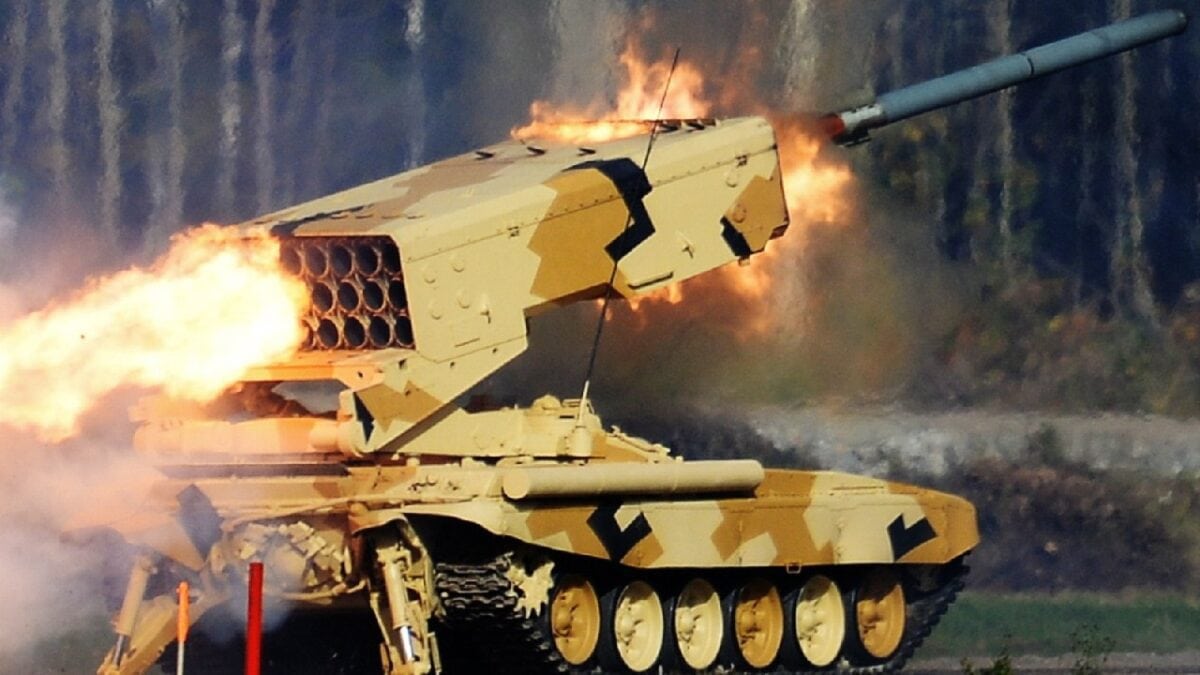
There is also a variety of ammunition for mass fires and precision strikes. The menacing sheet of ‘white phosphorous incendiary’ ammunition that rained down on the Azovstal steel plant in May must have played no small part in bringing about the surrender of around 2,000 fighters of the neo-Nazi Azov Brigade of the Ukrainian Army.
The famed fortress could withstand a siege with its labyrinth of underground tunnels that practically qualified as a small town.
The Russian military was baptized in heavy urban warfare, from the Revolutions to Syria in an 8-2 tally, while executing Crimea/Donbas and Syria simultaneously in 2015.
It had the time to refine its unique Information Surveillance Targeting Reconnaissance (ISTR) mechanism integrating all artillery and missile systems in the two conflicts to be finally used in its moment of truth in Ukraine in 2022.
But in the battle of Zenopillya in Ukraine on July 11, 2014, observers marked the return of Russian artillery. Ukraine’s 24th and 72nd Mechanised Infantry Brigades were nearly wiped out while trying to take it back from the pro-Russian Donetsk and Luhansk separatists.
US Army Major General Robert H. Scales (Retd) described it as a “single Russian fire strike” almost destroying two Brigades “in a few minutes” in an August 5, 2016 piece for the Washington Post. Russia had led with big guns since the early 18th century, when Field Marshal Ivanovich Shuvalov experimented with several types of cannons in what became a legacy of theoretically and intellectually sound and creative development of artillery usage.
More than 200 years later, in April 2016, US Army Chief of Staff General Mark Milley admitted before a Senate Armed Services Committee: “Yes…technically (we are) outranged, outgunned on the ground.”
- The author can be reached at satamp@gmail.com
- Follow EurAsian Times on Google News


